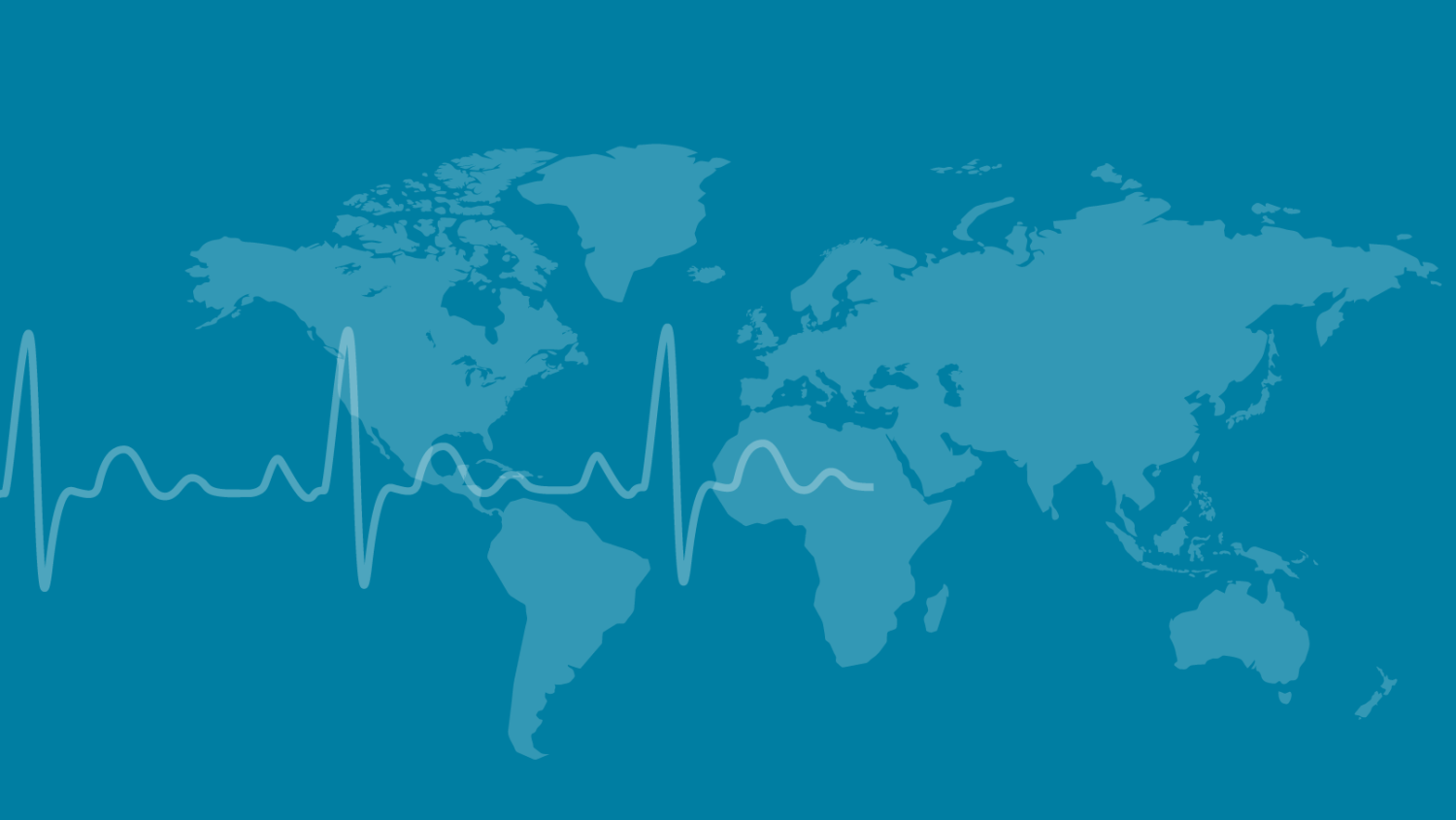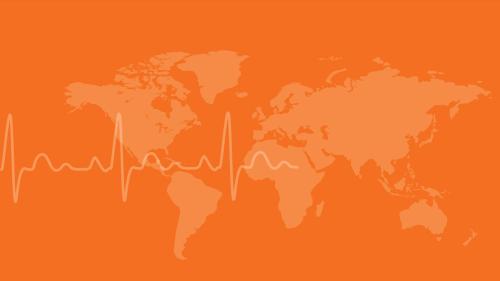For-profit corporations invest considerable money in global health R&D in support of vaccine and drug development. According to a 2017 analysis, pharmaceutical firms devote nearly $157 billion annually on global health R&D. However, only $5.6 billion is focused on the developing world and $471 million emphasizes neglected tropical diseases. That money is far below what is needed to improve public health and take care of patients in low and middle income nations.
In talking to private investors, a number of them argue there are limited returns on R&D investments and this is a key reason why companies don’t spend more on neglected diseases. If the rates of returns are not sufficiently positive, it is hard to justify the large expenditures needed for drug and vaccine development.
In this report, Darrell West and Jake Schneider estimate revenue streams and profitability for HIV drug treatments. They compile information regarding HIV disease prevalence and incidence rates, antiretroviral therapy (ART) coverage, future population growth, and drug prices. This material allows them to estimate the revenue streams available to drug-makers.
This research focuses on the six most populous sub-Saharan and North African nations (Democratic Republic of Congo, Egypt, Ethiopia, Nigeria, South Africa, and Tanzania) as well as potential returns for investment in Africa, the Middle East, and the world as a whole. This paper is the latest in a series of publications under the Brookings Private Sector Global Health R&D Project. Past reports examined health governance capacity, private funding levels, rate of return on investment, and barriers to private investment.








